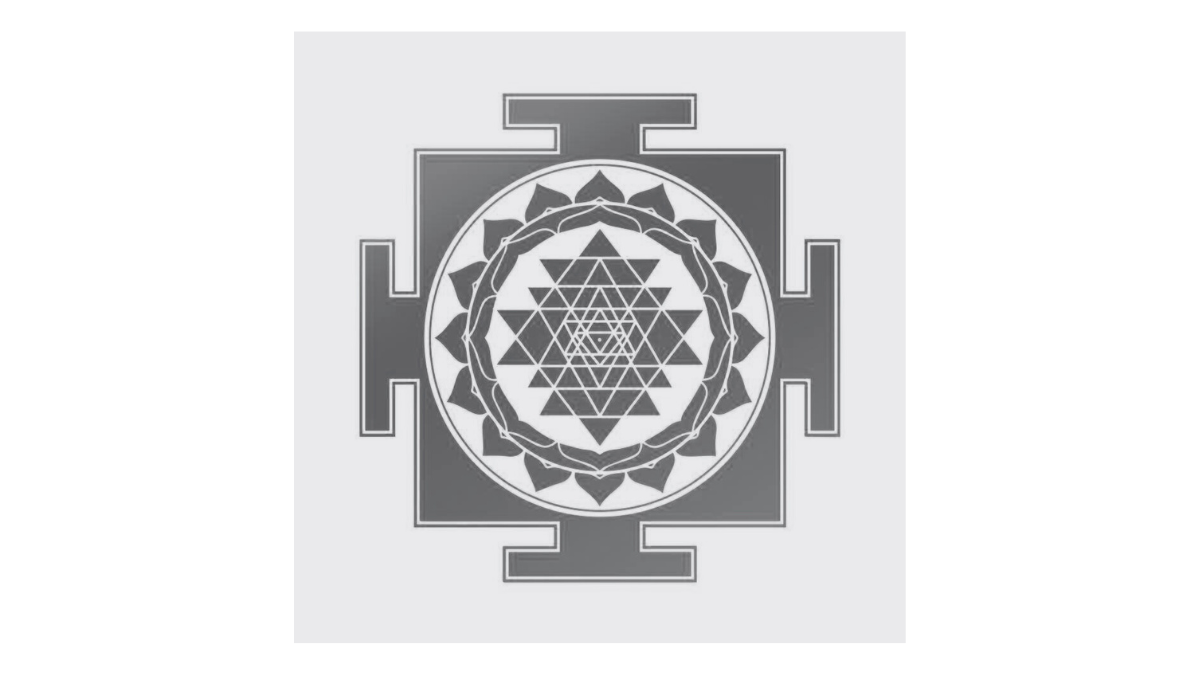Amid the vast tapestry of symbols and emblems that ancient cultures have passed down to us, few remain as mystical and powerful as the Shri Yantra. The very name ‘Yantra’ signifies an instrument or device, a mystical diagram that can elevate the soul, pull the observer into its depths, and unlock doors to the divine. But the Sri Yantra is no ordinary symbol; it is the very embodiment of the Goddess Shri Tripura Sundari, the transcendent beauty of the three worlds.
The Essence of Yantra
Yantras, in their geometric simplicity, are believed to be the abodes of the deities they represent. They are powerful conduits, drawing in cosmic energies, transforming the environment, and aligning those who meditate upon them with their higher selves. But the Shri Yantra is more than just a Yantra; it is the map of the cosmos, a representation of our journey from the material realm to the ultimate truth.
Tripura Sundari: The Threefold Beauty
Tripura Sundari, often referred to as the ‘Goddess of Three Cities’, epitomizes the three states of consciousness: the waking state (Jagrata), the dreaming state (Swapna), and the deep sleep state (Sushupti). Beyond these three lies the elusive Turiya, the fourth state, representing pure consciousness, unmarred by duality.
The hymns of the Vedas sing praises of this goddess:
In her radiant glory, spanning the three worlds,
She dances, she dreams, she bestows life’s pearls.
Lalita Naam, another name for Tripura Sundari, means ‘She Who Plays’. Every element of creation, every atom of the universe, is a part of her divine play.
Goddess of Creation: The Source of All
Sri Tripura Sundari is not merely a deity to be revered. She is the very pulse of creation, the heartbeat of existence, the sacred source from where all life springs. To invoke her is to tap into the primal forces of creation and manifestation.
Iconography of the Sri Yantra
This sacred diagram is formed by nine interlocking triangles. Four of these point upwards, representing the Masculine Divine or Shiva, while the five pointing downwards symbolize the Feminine Divine or Shakti. Their intricate interlacing in the Shri Yantra is symbolic of the cosmic dance of creation, preservation, and dissolution.
In Conclusion
The Shri Yantra is more than just an emblem; it is a bridge to the divine, a stairway to the cosmos, a beacon that guides the seeker towards enlightenment. Meditating upon it is not just an act of reverence, but a profound journey, a deep dive into the very soul of existence. In the lustrous glow of Tripura Sundari, we find the universe’s secrets, whispered softly, waiting for us to listen.








